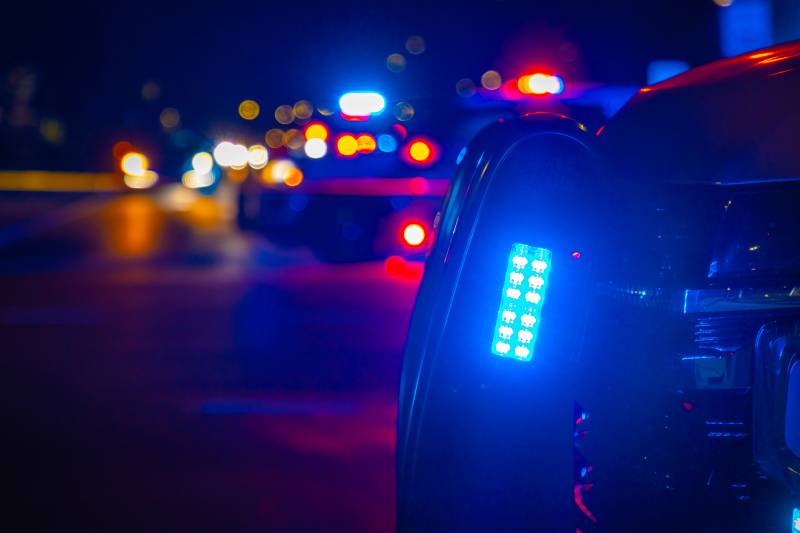They were shot in lengthy standoffs or in seconds. They were shot when they stumbled toward an officer, hid behind a wall or drew a fake gun. They were shot during wellness checks, homicide investigations and traffic stops.
In the last 16 months, the California Justice Department opened 25 investigations of law enforcement officers who shot and killed an unarmed person. This scrutiny was part of a new law that took effect July 1, 2021 — one of California’s answers to the emotional and political upheaval of the 2020 police killing of George Floyd in Minneapolis. Before, investigations of fatal police shootings in California were conducted at the local level; officers were rarely charged.
As of November 10, the Justice Department has resolved only one of the state’s 25 opened cases.
CalMatters found that the department has struggled to meet the goals set by the new law — including the attorney general’s own pledge to complete investigations in one year. Internal emails indicate that Justice Department employees were worried that the new workload would overwhelm them. Department officials also have complained that the Legislature slashed in half their original $26 million budget request (PDF) to cover these investigations.
In the meantime, some of the officers in at least two shootings have been cleared by their local police review commissions.
The cases taken up by the Justice Department range from a man shot while fleeing a traffic stop, to a teenage girl killed in a department store dressing room when a bullet missed its target. Some were killed after they repeatedly charged officers, or menaced them with replica firearms. One man was holding a broom handle; another had his hands in his pockets. Several held nothing at all.

